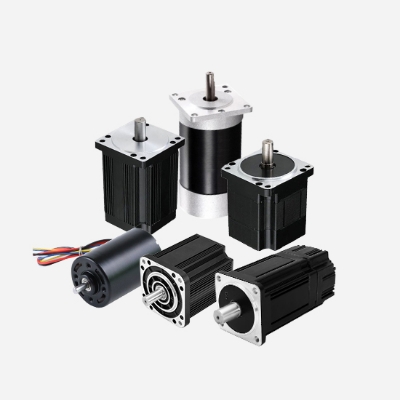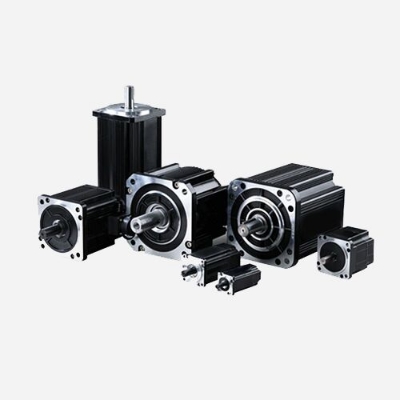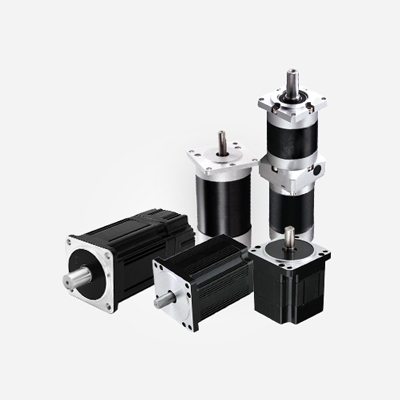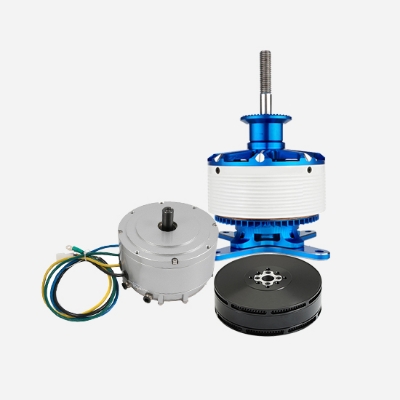The working principle of the car vacuum cleaner: the fan impeller of the car vacuum cleaner is driven by a high-speed DC brushless motor to form a vacuum in the host, which generates a high-speed airflow and sucks garbage from the suction port. The high-speed DC brushless motor is the core component of the vacuum cleaner, and the performance of the motor directly affects the reliability and life of the vacuum cleaner.
The hand-push sweeper has become a major demand in the market. It pays attention to efficiency, low cost, and outstanding cleaning effect. As an environmentally friendly technology product that replaces manpower, it integrates "cleaning, watering, and vacuuming". Time-saving and labor-saving, safe and reliable, what is the service life and efficiency of the hand-push sweeper related to?
In robots, the actuators are divided into two types: motor drive and hydraulic drive. The most common one is a motor drive, and the motors used in robots are mostly DC gear motors. The following is the brushless.com geared brushless motor BLDC-GEAR-P100. As the name implies, is a planetary gearbox with a brushless motor. The DC supply current is DC, so it can be powered by a battery, which is why the DC brushless motor is the most widely used in robots.
The design scheme of the outrunner brushless motor for industrial fans has been more than 10 years old, so why do customers choose the external rotor brushless motor as their standard for more than 10 years?
The modern kitchen is everywhere electrical equipment, now in the process of using household appliances brushless DC motor is more satisfactory, especially in the process of using kitchen appliances can use the help of household appliances brushless DC motor will seem a little better, in the process of using kitchen appliances is more considerable, but also more useful, such as in the use of mixers, juicers, coffee machines, milk tea machines, electric Knives, egg beaters, rice cookers, food processors, grain grinders, vertical mixers, meat grinders, electric cutting knives, and other appliances can be used when using household appliances brushless DC motor.
A Brushless DC motor is mostly used in a car purifier to drive the centrifugal air blower to discharge the dirty air. A Brushless DC motor body is determined according to the motor circuit scheme, commonly used two-phase bridge type phase change drive circuit. The inner stator winding can be more easily wound on the core teeth. The motor is made into an external rotor-type structure, with the stator and stator winding placed inside the rotor. The phase change drive circuit uses a special integrated circuit (ASIC) with a simple circuit and control protection function.
A Brushless DC motor is used in an electric grinder, it does not need to change the brush maintenance work, and the speed can be controlled according to the situation of the grinding workpiece, the noise is greatly reduced compared with the original brush motor, and because the voltage is DC, the voltage is reduced, the safety is greatly improved.
Brushless DC motors for milling machines and lathes can achieve stepless speed regulation, fully adapting to the needs of the operating process, and the original mechanical speed control device can be canceled. Application of brushless DC motor in the automotive industry The main reason for the application of brushless DC motor in the automotive industry is that it has higher torque, higher power, higher reliability, and longer service life than traditional brush motors, especially for windows and sunroofs, etc. When a fault is encountered, it will automatically stop running to avoid injury accidents.
Due to the large-scale research and development of brushless DC motors and the gradual maturity of technology, the distribution of its drive system in industrial production has expanded and has gradually become the mainstream of industrial motor development, and major manufacturers also provide different models of brushless motors to meet the needs of different drive systems. At present, brushless motors are used in textile, metallurgy, printing, automated production lines, CNC machine tools, and other industrial production.
In terms of quantity, this is the field where DC brushless motors are used the most and have occupied an irreplaceable position. For example, in digital printers, floppy disk drives, hard disk drives, optical disk drives such as CD-ROM and DVD-ROM, fax machines, copiers, tape recorders, film cameras, high fidelity recorders, and control of spindles and subsidiary motions of jukeboxes, etc.




